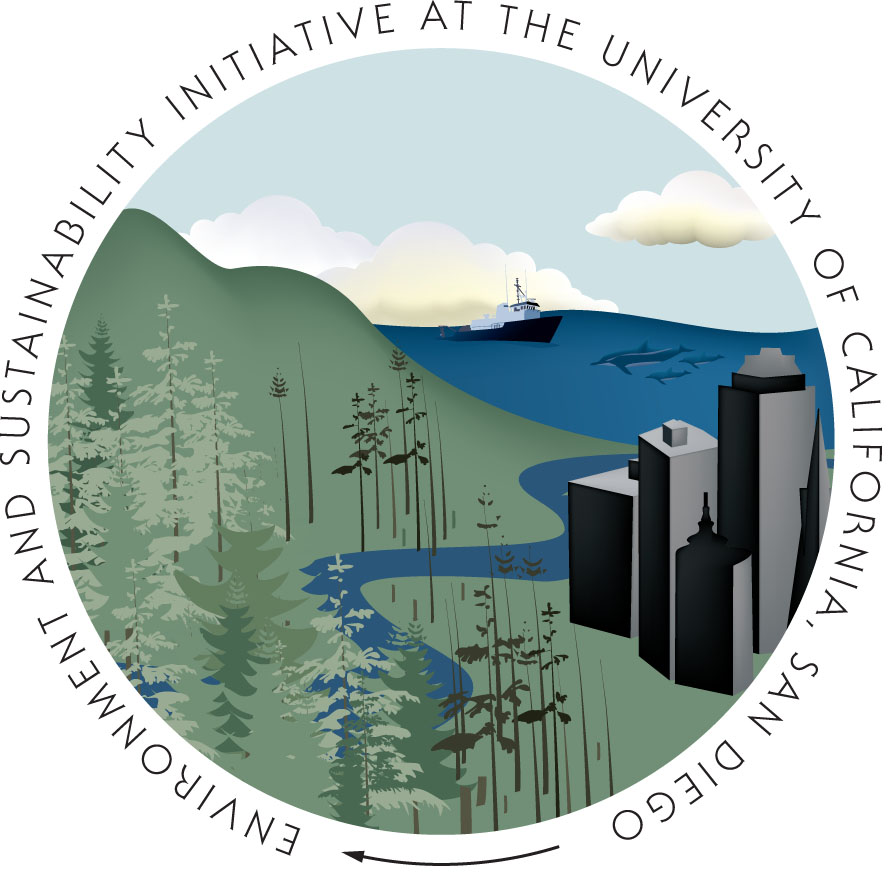Locations: RIMAC, Hubbs Hall, Moores Cancer Center, CMRR, Tioga Hall, Powell Structures Lab, EBU2, Biomedical Science Building. Time: last 2 days.
| Temperature and Humidity | Wind | Solar Radiation and Rain | Solar Panel Efficency | Textual |
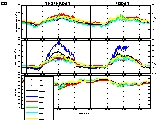 |
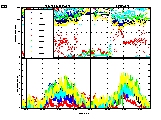 |
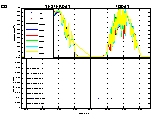 |
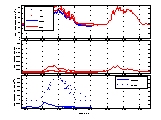 |
Current Readings RIMAC Hubbs CMRR Moores CC Powell SL EBU2 Biomedical SB Tioga |
| Total Sky Imager (click for latest pic, stops at sunset) | Animation Cloud event on Sep 16, 2009 with PV output | |||
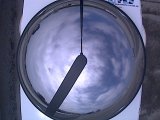 |
 |
Google Earth movie of temperature , relative humidity , and solar power maps over the last 24 hours (courtesy of Nick Daish). Save these files to your computer as *.kml, install google earth, and run them.
UCSD buildings for Google Earth. Fly through the campus and view our stations!
| DEMROES in the News | UCSD Video (130MB)
|
Environmental Sustainability efforts at UCSD |
|
Meteorological conditions have implications on human activities. They affect human comfort and productivity (temperature, humidity), health (temperature, air pollution), and energy and water use (solar radiation, temperature). UCSD's proximity to the Pacific Ocean places it in a temperate microclimate frequently affected by sea breezes. In particular the occurrence of sea-breezes in daytime provides cool air eliminating need for widespread building air conditioning and associated energy use, but also advects moist and salt-laden air to campus which negatively affects the lifespan of indoor and outdoor electronic or metal components.
We lack scientific knowledge about the occurrence of these microclimatological conditions and their effect on campus facilities management. We have established a wireless sensing network for environmental monitoring at UCSD facilities city-wide with the following objectives:
- Use the network as a demo and integrative educational and research system for UCSD students and faculty.
- Quantify the spatial distribution of meteorological conditions (i.e. sea breeze effect on temperature and humidity) on campus through a dense static network of weather stations.
- Provide campus facilities management with information to feed the energy management system (EMS) for building operation and energy conservation, and irrigation management.
- Extend pilot project into a massive city or regional scale sensing network.
